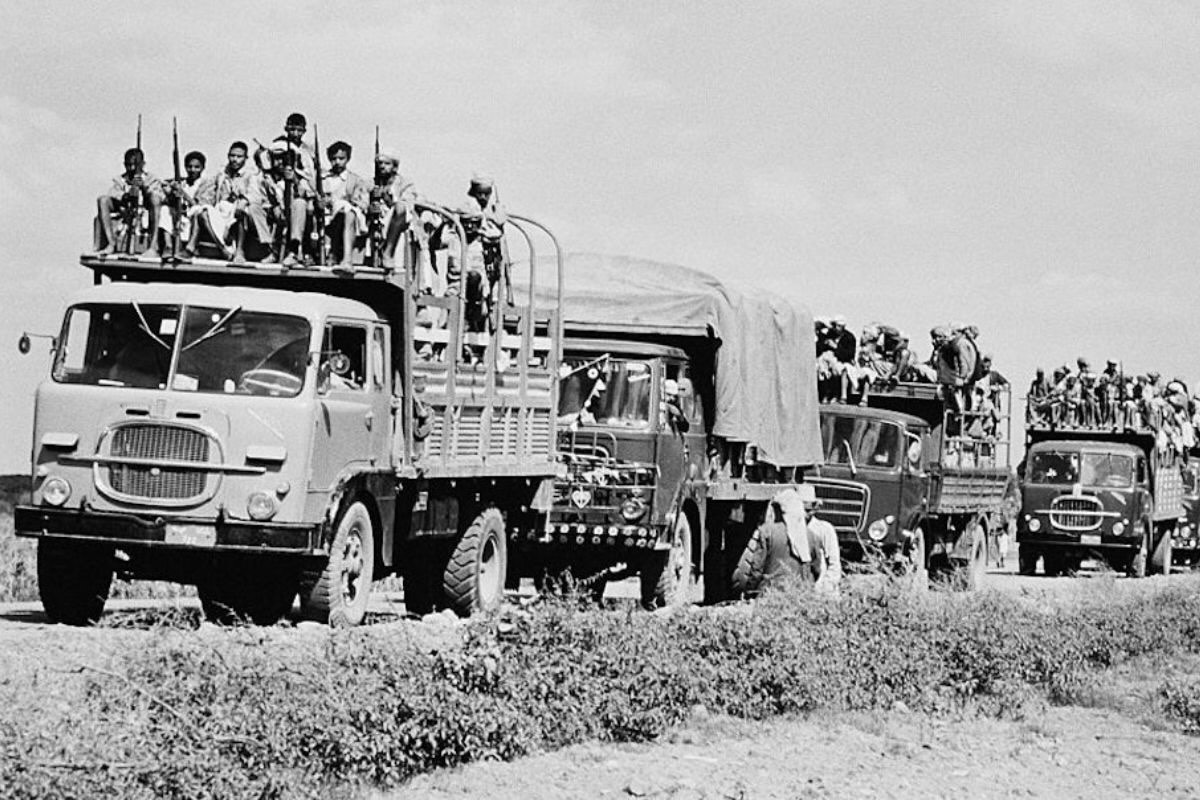
The Yemenite War of 1979 was a brief but intense conflict between North Yemen and South Yemen. This war, often overshadowed by other global events, played a crucial role in shaping the modern history of the Arabian Peninsula. Why did this war happen? The roots of the conflict lie in the ideological differences between the two Yemens—North Yemen was more conservative, while South Yemen leaned towards socialism. Tensions escalated due to border disputes and political rivalries. What were the outcomes? The war ended with a ceasefire brokered by Arab League nations, but it left a lasting impact on regional politics. Understanding this conflict helps grasp the complexities of Middle Eastern geopolitics.
Key Takeaways:
- The Yemenite War of 1979 was a brief but intense conflict between North and South Yemen, rooted in ideological differences and shaped by Cold War dynamics.
- The war had far-reaching consequences for civilians, leading to displacement, humanitarian challenges, and exacerbating poverty and food shortages. Despite a ceasefire, tensions remained high, shaping Yemen's future.
Background of the Yemenite War of 1979
The Yemenite War of 1979 was a brief but intense conflict between North Yemen and South Yemen. This war was part of the larger Cold War context, with both superpowers, the United States and the Soviet Union, having vested interests in the region.
- The war began in February 1979 and lasted until March 1979.
- North Yemen was officially known as the Yemen Arab Republic.
- South Yemen was known as the People's Democratic Republic of Yemen.
- The conflict was rooted in ideological differences, with North Yemen being more conservative and South Yemen leaning towards socialism.
- Both countries had previously been part of the Ottoman Empire before gaining independence in the 20th century.
Key Players and Alliances
Understanding the main actors and their alliances provides insight into the dynamics of the war. Both internal and external forces played significant roles.
- North Yemen was supported by Saudi Arabia and the United States.
- South Yemen received backing from the Soviet Union and other socialist countries.
- Ali Abdullah Saleh was the President of North Yemen during the conflict.
- Abdul Fattah Ismail was the leader of South Yemen.
- The Arab League attempted to mediate between the two sides but was largely unsuccessful.
Major Battles and Military Strategies
The Yemenite War of 1979 saw several key battles and strategic maneuvers that shaped the course of the conflict.
- The Battle of Taiz was one of the most significant confrontations.
- North Yemen utilized guerrilla warfare tactics to counter South Yemen's conventional military strategies.
- South Yemen launched a major offensive aimed at capturing the city of Hodeidah.
- Airstrikes were a common tactic used by both sides to gain an advantage.
- The mountainous terrain of Yemen posed significant challenges for both armies.
Impact on Civilians
Wars inevitably affect the civilian population, and the Yemenite War of 1979 was no exception. The conflict had far-reaching consequences for the people of both North and South Yemen.
- Thousands of civilians were displaced due to the fighting.
- Humanitarian aid was difficult to deliver because of the ongoing hostilities.
- Many families were separated as they fled to safer areas.
- The war exacerbated existing poverty and food shortages in the region.
- Schools and hospitals were often targeted, disrupting daily life for many Yemenis.
Resolution and Aftermath
The war eventually came to an end, but its effects lingered for years. The resolution and aftermath of the conflict shaped Yemen's future in significant ways.
- A ceasefire was brokered in March 1979, ending the hostilities.
- The Kuwait Agreement was signed, aiming to establish peace between the two Yemens.
- Despite the ceasefire, tensions remained high, leading to sporadic skirmishes.
- The war highlighted the deep-seated divisions between North and South Yemen.
- In 1990, North and South Yemen were unified, forming the Republic of Yemen, although internal conflicts continued.
The Yemenite War of 1979 remains a significant chapter in the history of Yemen, illustrating the complexities of regional politics and the enduring impact of ideological conflicts.
Reflecting on the Yemenite War of 1979
The Yemenite War of 1979, though brief, left a lasting impact on the region. This conflict between North and South Yemen highlighted the deep-seated political and ideological differences that existed. Despite the war's short duration, it resulted in significant casualties and set the stage for future conflicts in the area. The war also drew international attention, with various countries taking sides, further complicating the situation. Understanding this conflict helps shed light on the complexities of Yemen's history and the ongoing struggles the nation faces. By examining these 25 facts, we've gained a clearer picture of the events that shaped Yemen during this tumultuous period. History often repeats itself, and learning from past conflicts is crucial for building a more peaceful future. The Yemenite War of 1979 serves as a stark reminder of the consequences of political and ideological divisions.
Frequently Asked Questions
Was this page helpful?
Our commitment to delivering trustworthy and engaging content is at the heart of what we do. Each fact on our site is contributed by real users like you, bringing a wealth of diverse insights and information. To ensure the highest standards of accuracy and reliability, our dedicated editors meticulously review each submission. This process guarantees that the facts we share are not only fascinating but also credible. Trust in our commitment to quality and authenticity as you explore and learn with us.
